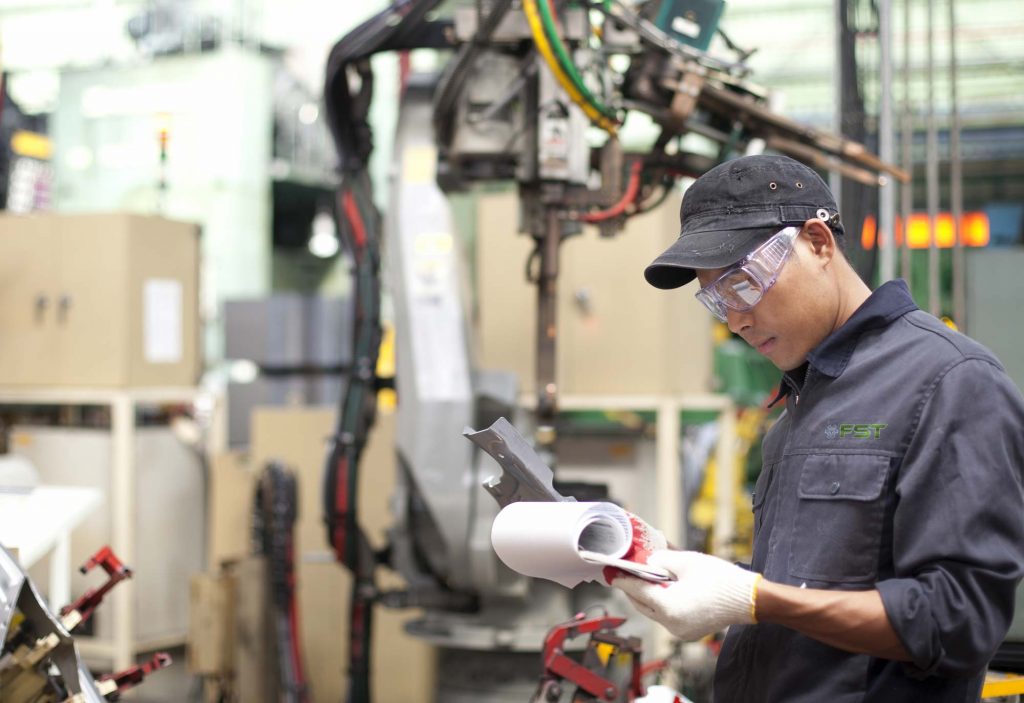QUALITY CONTROL
Machine quality control is a series of processes performed to verify the conformity of manufactured machines or machine parts to established quality standards. This process includes inspections during and after production using quality control methods and procedures.
Machine quality control may include the following elements:
Measurement and Inspection: Measuring and checking the geometrical properties of machine parts and components. This requires the use of tools such as measuring instruments, gauges, calipers, micrometers and coordinate measuring machines. Measured values are compared with design documents and specifications and checked for tolerances.
Functional Tests: Performing tests that evaluate whether the machine meets the specified functions and performance criteria. This may include testing machines for performance, efficiency, safety and durability, performing certain operations. For example, a motor running, a device moving correctly.

Material Control: Checking the materials used in machine parts for quality and conformity. Material testing may include processes such as measuring mechanical properties, material composition analysis, hardness tests, and corrosion resistance. This allows to verify that materials meet certain standards and specifications.
Visual Inspection: Visual inspection of machine parts and assembly. This includes detecting surface defects, assessing paint or coating quality, observing assembly errors.
Document Control: Checking all documents and quality records related to machine production. This includes verifying the accuracy of design documents, ensuring conformity of production instructions and procedures, and keeping quality control records properly.
Machine quality control aims to ensure that machines are produced in a safe, reliable and quality manner.
